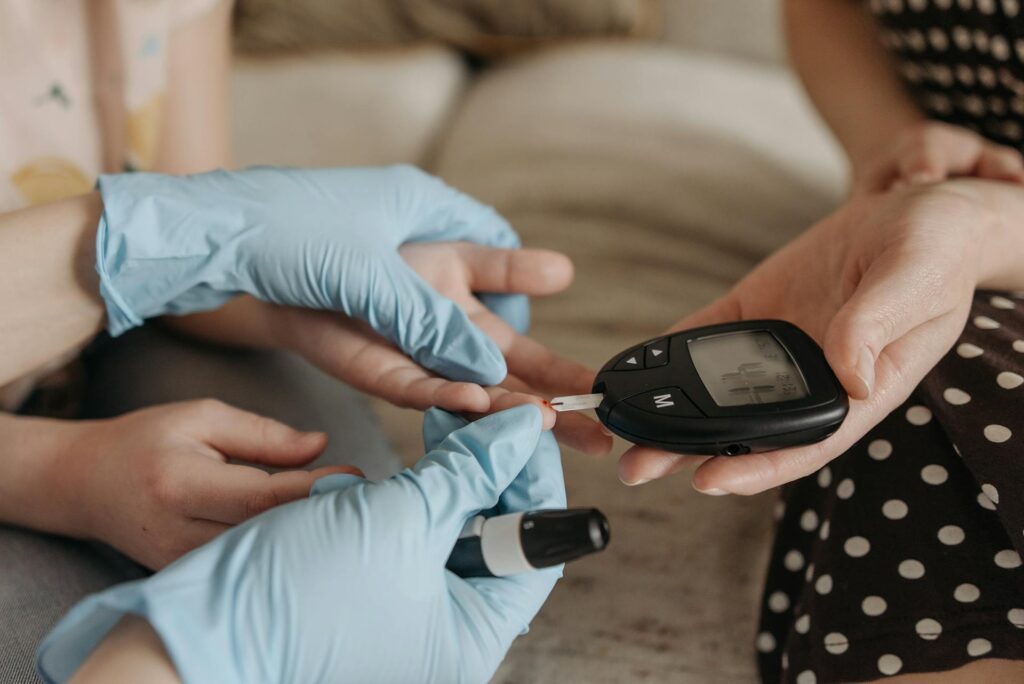In the realm of health and wellness, the intricate interplay between different diseases and their mutual influence on our bodies remains a subject of much research and interest. Two prevalent conditions, diabetes and glaucoma, have long been discussed for their potential link and how one might predispose individuals to the other. Understanding this relationship is more than a matter of academic curiosity; it’s a crucial step in managing these conditions and improving patient outcomes.
Unpacking Diabetes
Diabetes, a chronic condition affecting millions worldwide, is characterized by the body’s inability to properly use or produce insulin. This inability leads to elevated levels of glucose in the blood, which, over time, can result in a host of complications affecting nearly every organ system in the body, from the cardiovascular and nervous systems to the eyes.
Glaucoma: A Sneak Thief of Sight
Glaucoma, on the other hand, is often dubbed the “sneak thief of sight,” primarily because it progresses silently until significant vision loss occurs. This disease involves damage to the optic nerve, usually due to elevated pressure within the eye. If left untreated, glaucoma can lead to blindness, making it one of the leading causes of irreversible blindness worldwide.

The Link Between Diabetes and Glaucoma
Recent studies suggest a significant overlap between diabetes and glaucoma, though the nature of their relationship is complex and multifaceted. Here we delve into various dimensions of their connection.
Shared Risk Factors
Firstly, both diseases share common risk factors, including age, genetic predisposition, and ethnic background, which may partly explain their co-occurrence. However, the most crucial intersecting factor is high blood sugar levels.
Blood Sugar Levels and Eye Health
Prolonged elevated blood sugar levels can lead to damage in the small blood vessels throughout the body, including those in the eye. This damage can impair blood flow to the eye’s tissues, including the optic nerve, potentially paving the way for glaucoma.
Neovascular Glaucoma
A particularly direct link is seen in a rare form of glaucoma known as neovascular glaucoma, which often develops in the context of diabetic retinopathy, a complication of diabetes. In this scenario, abnormal blood vessel growth triggered by retinal blood flow problems can block the natural drainage of the eye, leading to elevated intraocular pressure and, consequently, glaucoma.
Inflammatory and Vascular Factors
Both diabetes and glaucoma are associated with systemic inflammation and vascular dysfunction, suggesting that these underlying conditions may contribute to the development of glaucoma in individuals with diabetes.
Managing the Risks
Given the potentially devastating impact of both diseases, especially when they occur together, managing the risks becomes paramount.
Regular Monitoring and Screening
For individuals with diabetes, regular screening for glaucoma is vital. Early detection and treatment can significantly slow the progression of glaucoma, minimizing vision loss. Likewise, managing diabetes and maintaining optimal blood sugar levels are crucial in reducing the risk of developing glaucoma.
Lifestyle Modifications
Adopting a healthy lifestyle can have a profound impact on managing both conditions. This includes maintaining a healthy weight, engaging in regular physical activity, eating a balanced diet rich in antioxidants and nutrients beneficial for eye health, and avoiding smoking.
Medication and Surgery
Various medications can effectively lower eye pressure, the primary treatment for glaucoma. In some cases, laser treatment or surgery may be required to improve drainage of eye fluids. For diabetes, keeping blood sugar levels within the target range is paramount, which might involve insulin therapy, oral medications, or both.
The link between diabetes and glaucoma underscores the importance of a holistic approach to health management, recognizing how interconnected different aspects of our health are. For individuals living with diabetes, understanding the increased risk of glaucoma is a critical step toward safeguarding their vision and overall well-being. Through vigilant monitoring, lifestyle modifications, and appropriate treatment, it’s possible to manage these risks and maintain a high quality of life.
As research continues to unravel the complex ties that bind these conditions, the hope is that future advancements will offer even more effective strategies for prevention and management. Until then, awareness, education, and proactive healthcare remain our best defense against the twin challenges of diabetes and glaucoma.



